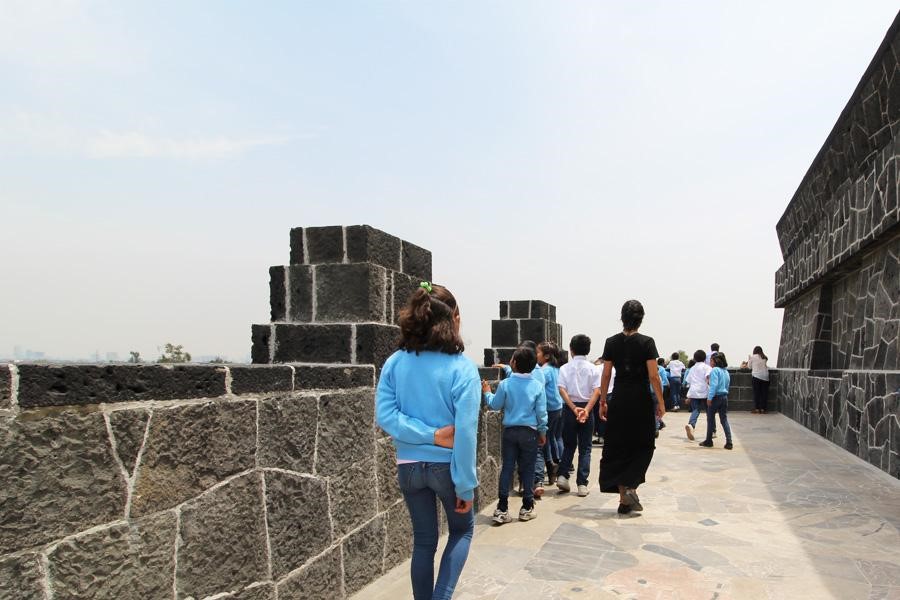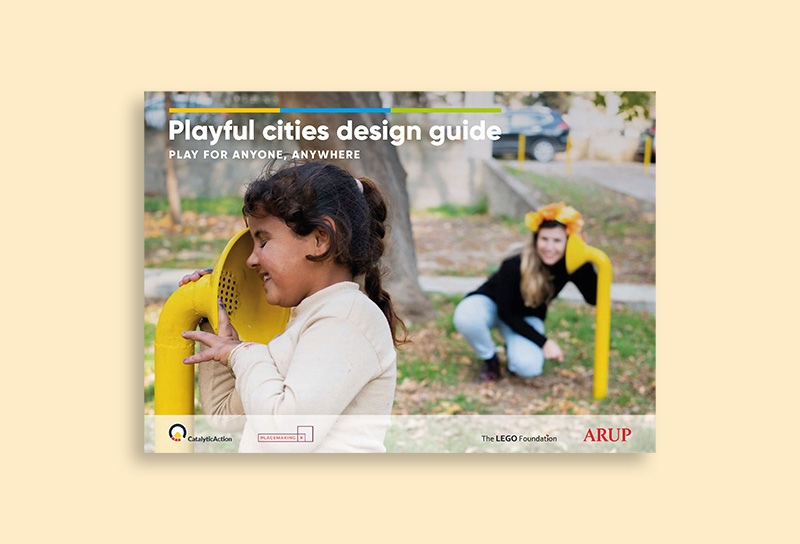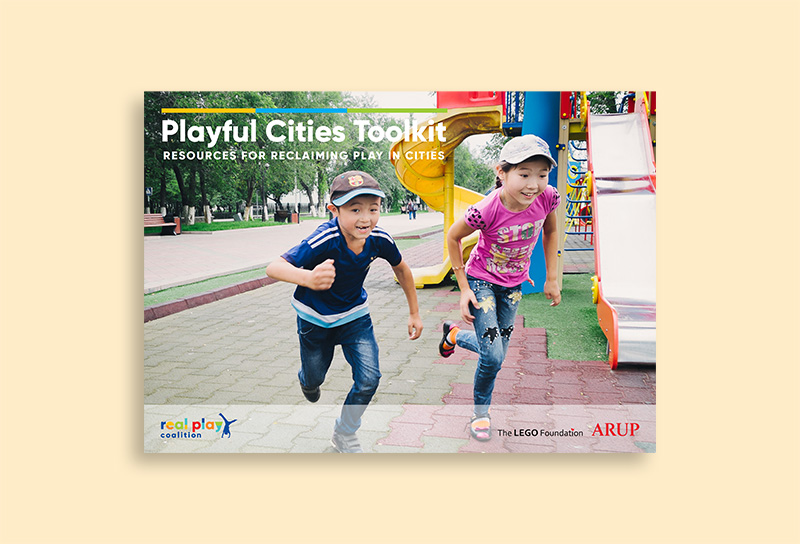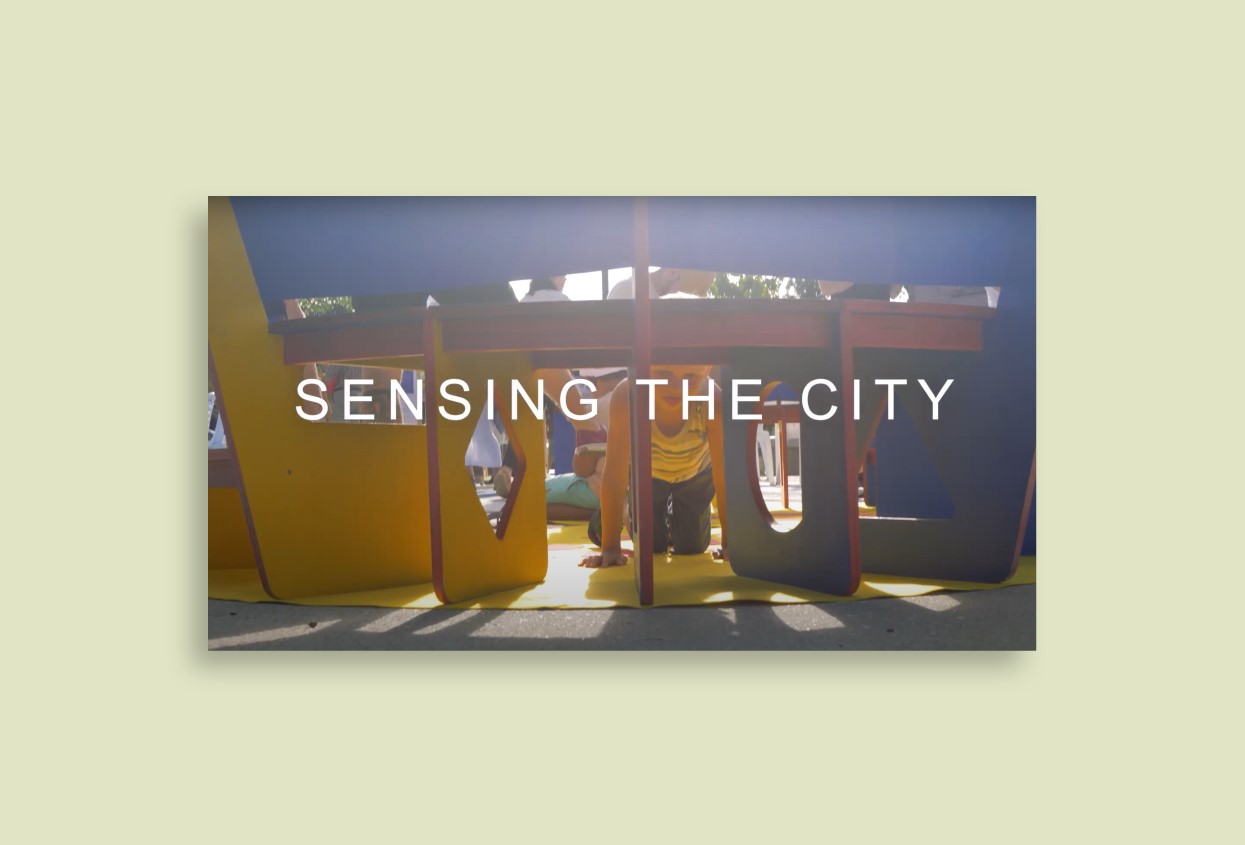
Overview
The action-research project ‘Spatial Impressions: Identity, Shelter, and Awareness’ aims to promote resilience and reframe the realities of vulnerable children who have been subjected to violence. The project explores how architecture can transform negative connotations into positive experiences through spatial perception, play, and exploration. It seeks to understand how children perceive and conceive places that provide a sense of security and survival, as well as positive experiences. The project selected three spaces in Mexico City – Monument of the Revolution, Sculpture Space, and Anahuacalli Museum. The selection was based on the possibility of action, play, physical and spatial limits, and an unknown landscape. By reflecting on the social values of public life and the nature of their architecture, these spaces provide a unique opportunity for children to perceive spaces in new ways.
Location:
Mexico City, Mexico
Organisation:
MACIA Estudio, Mariana Rios Robles
Partner organisations:
Fonca Young Creators Grant Program
Beneficiary:
Children aged 5-12 in vulnerable conditions (victims of violence)
Scale of proximity:
Homestead temporary shelter
Built environment component:
Public space, museum
Design insights
Spatial/physical:
Places should be visited in advance before going with children. Possible risks should be assessed as well as heights and rough textures or materials present in the space.
Visual/Aesthetic:
Spaces that have contrasts in their architecture and context tend to attract children’s attention, such as soft and rough textures, lights and shadows, open and close spaces, heights and views of the city.
Process:
1) Sensory gym for children and caregivers at the beginning of each visit to introduce them to the site and the next activities.
2) It is essential that adults allow children explore at their own pace. The routes and activities at each site are different so children can explore and get to know as much as possible.
3) Three days after each visit, a workshop is carried out with the children. In this exercise children draw their bedroom in their favourite place in the visited space. Then, they are asked to invent a story and make a model out of it. If possible, children are interviewed to explain their drawings and models.
4) Architectural drawings can be made of each space visited based on children’s perception and interpretation.
Implementation insights
There is a noticeable change in children’s perception between the days of the visits and the days of the workshops. This in turn generates a significant change in the way they perceive their primary habitat: their bedroom or their house.
Most of the children selected the same spot for their bedroom but the context and their narrative differed in a positive way. For example, a rooftop was no longer a dark, violent and unsafe place, but became a place where the sky and the mountains could be seen, and you could feel safe and protected.
Links:
https://issuu.com/maciaestudio/docs/impresiones_espaciales_2017
https://issuu.com/colexiooficialdearquitectosgalicia/docs/ludantia_relatorios_1-3



